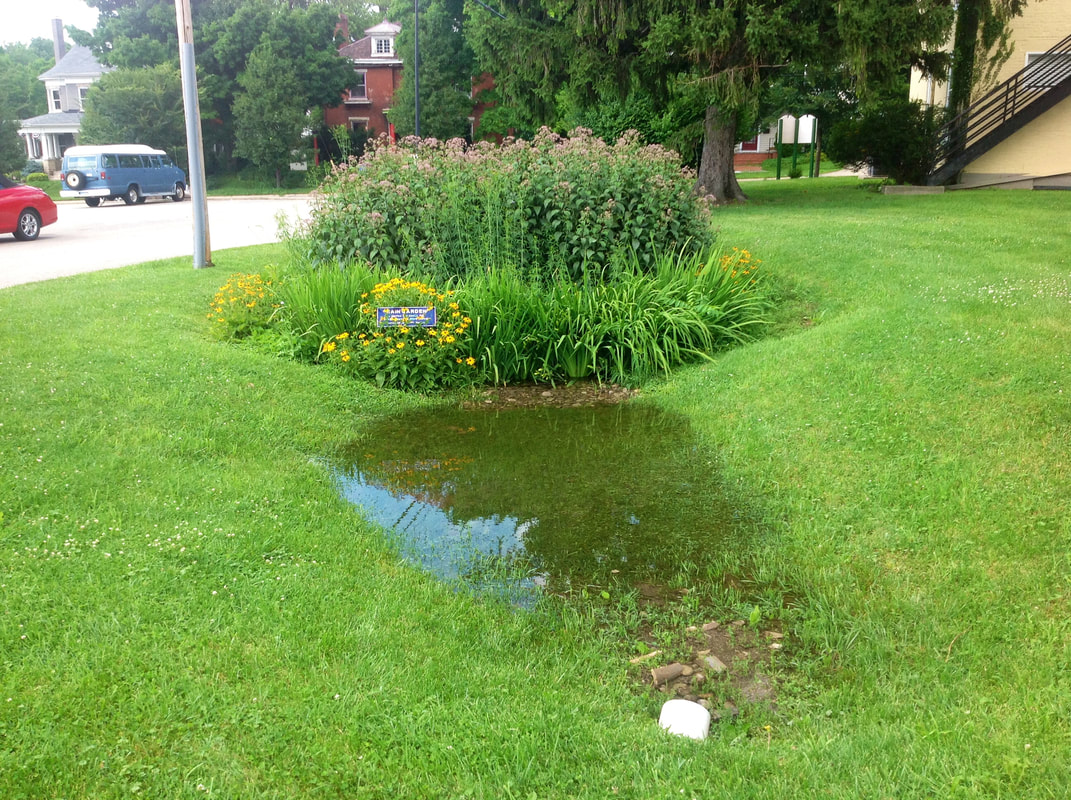|
As defined by the Federal Environmental Protection Agency, Low Impact Development (LID) refers to a variety of practices designed to mimic natural drainage to manage stormwater flow. The overarching goal is to minimize the impact of development on the natural landscape and environment. In contrast to high impact development with mostly impervious surface and grey infrastructure, these practices encourage stormwater percolation into the soil. In addition to managing stormwater volume, this helps to filter out pollutants that may be picked up by stormwater as it makes its way to natural waterways. What are the Benefits of LID? Economic
Yes! In 2020, Warren County updated its stormwater regulations and technical design guide to allow for green infrastructure practices for water quality best management such as wetlands, permeable pavements, infiltration practices, and bioretention. Not only is low impact development permissible in the county, but with the numerous benefits, it is strongly encouraged!
Other examples of Green Infrastructure that can be used as part of a Low Impact Development plan can be found here: https://www.epa.gov/green-infrastructure/what-green-infrastructure
Additional Resources www.warrenswcd.com/rain-gardens.html https://www.epa.gov/nps/urban-runoff-low-impact-development http://www.wceo.us/
1 Comment
11/14/2023 06:08:19 am
I found this post to be highly insightful. Thank you for sharing!
Reply
Leave a Reply. |
Details
Urban team BLOGEvery month, the Warren Co SWCD Urban Team dives deep into the world of land development as it relates to stormwater pollution prevention. The blog covers topics like erosion & sediment control best management practices (BMPs), state and local regulations, retention/detention basins, and the conservation of our natural resources. Stay up to date with Development Digest by signing up for WCSWCD Urban eNews!
Categories
All
Archives
July 2024
|
|
|
Contact:PHONE: (513) 695 - 1337
EMAIL: [email protected] HOURS: Monday - Friday 7:30am - 4:00pm (except holidays) Connect:Warren County Soil & Water Conservation District Copyright © 2016
Warren SWCD Privacy Notice. Emails are serviced by Constant Contact. Constant Contact's Privacy Notice. |

 RSS Feed
RSS Feed
